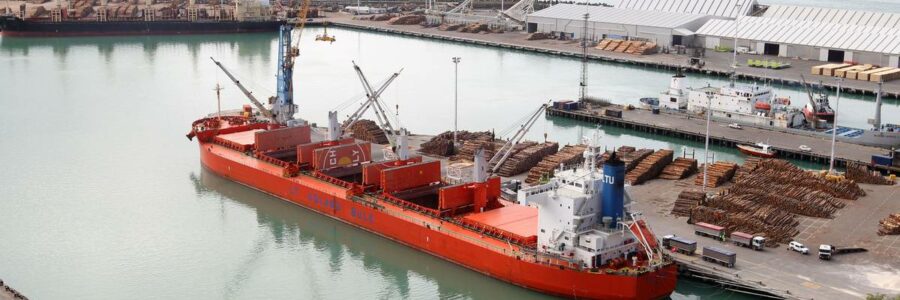
Worldwide commodities boom drives fertiliser prices to 10-year highs
The world-wide commodities boom has driven world fertiliser prices to 10-year highs.
Global food prices have recorded their biggest annual rise in a decade, driven in part by China’s soaring appetite for grain and soyabeans and a severe drought in Brazil, which has put fertiliser in hot demand.
The UN’s Food and Agriculture Organisation (FAO) said global food prices rose last month at their fastest monthly rate in more than a decade, even as world cereal production was on course to reach a new record high.
The FAO’s Food Price Index averaged 127.1 points in May, 4.8 per cent higher than in April and 39.7 per cent higher than in May 2020.
A surge in the international prices of vegetable oils, sugar and cereals led the increase in the index, which tracks monthly changes in the international prices of commonly-traded food commodities, to its highest value since September 2011 and only 7.6 per cent below its all-time peak in nominal terms, the FAO said in a report.
Mike Whitty, general manager supply chain for the farmer-owned fertiliser co-op, Ravensdown, said fertiliser prices had been unusually strong on the back of higher food demand.
“What we have seen is significant demand for food and you require nutrient to produce food.
“That’s come off a pretty depressed market over the last couple of years, both economically and climatically,” he said.
The commodities boom had come at a time when inventories for grains and other commodities were low, coupled with significant demand coming from North America, Brazil and India.
“It’s on the back of very good food prices for commodities, such as grains,” Whitty said.
“Countries are looking to build up their inventory of food, so what we are seeing is a major squeeze in the market since early this year.
“Right around the world farmers are looking to meet that demand and so nutrient is key to providing the food that everybody wants.”
The price of DAP – or di-ammonium phosphate – a widely used fertiliser that is manufactured overseas and imported into New Zealand – has hit a 10-year high of nearly $1000 a tonne – up from $800/tonne a year ago.
“It is quite consistent across all of the major products – potash DAP, urea, sulphur – they are all at 10-year highs now.
“We look at these things on a daily basis and the sheer pace of the increase has been somewhat surprising,” Whitty said.
In addition, freight rates were firming significantly as the world’s supply chain struggled to normalise in the wake of Covid-19.
Rates for containerised freight are up by 300 to 400 per cent and the same goes for bulk cargo after a period of low demand over the two years prior to Covid-19.
“With economies starting to come out of Covid being supported by governments, the demand has spiked significantly.
“We are seeing freight rates for bulk vessel on a hirage basis three times where they were last year.”
Urea has gone from $600 a tonne to $800/tonne.
UK-based commodities research house ICIS said international fertiliser markets are experiencing an unseasonal boost in prices and demand, with some prices hitting historical highs.
“The major question now for producers, traders, co-operatives and farmers, is if current levels will be sustained and what availability will look like moving through the second half of 2021,” ICIS said in a report.
“While some markets are exclusively impacted by production cuts, rising feedstock costs, sanction cuts, rising freight rates, a major driver giving the market confidence is record crop prices,” it said.
The unabated strength of ammonia, which has also been driving the price up for urea and nitrates, looked to remain a challenging market, where, on almost a daily basis, production problems are announced, it said.
Higher commodities prices have prompted talk that the world might be on the verge of a commodities supercycle.
Early this year, Goldman Sachs said: “Looking at the 2020s, we believe that similar structural forces to those which drove commodities in the 2000s could be at play.”
Goldman’s supercycle view is based on how the world will recover from the Covid-19 crisis with an emphasis on a green industrial revolution and a policy focus on social need.
Source: Read Full Article
/cloudfront-ap-southeast-2.images.arcpublishing.com/nzme/OK6VGVCWKD35QPWYP4XFXLG73I.jpg)